Home>Interior Design>How Often Should I Change My Pillow? What Experts Advise
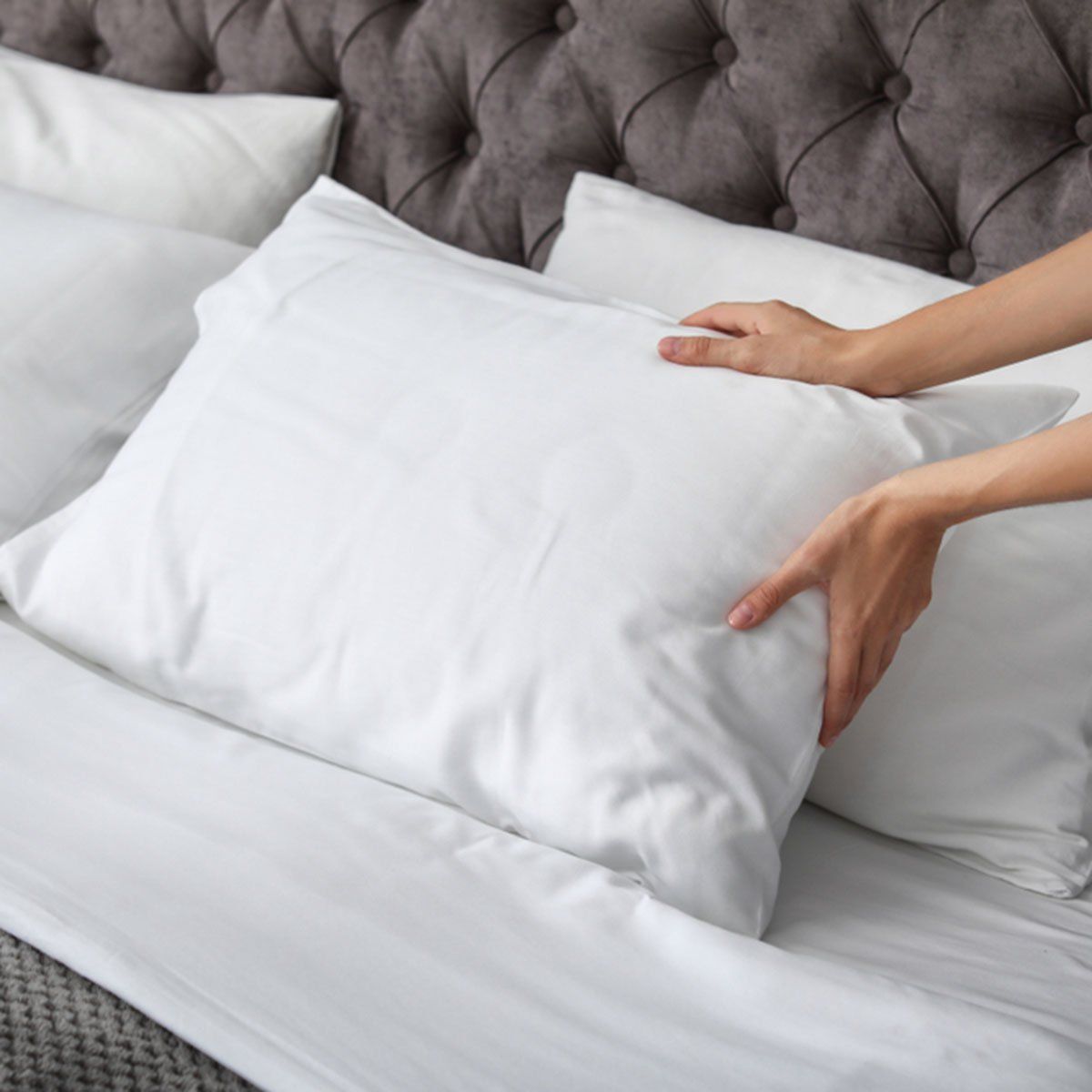

Interior Design
How Often Should I Change My Pillow? What Experts Advise
Modified: October 20, 2024
Wondering how often to change your pillow? Get expert advice on interior design for the best pillow rotation and maintenance tips.
(Many of the links in this article redirect to a specific reviewed product. Your purchase of these products through affiliate links helps to generate commission for Storables.com, at no extra cost. Learn more)
Introduction
When it comes to getting a good night’s sleep, there are several factors to consider – your sleeping position, mattress quality, and even the temperature of your bedroom. However, one often overlooked factor that can significantly impact your sleep quality is your pillow. A good pillow provides support and comfort, allowing you to rest peacefully throughout the night.
But how often should you change your pillow? This is a common question among many people seeking to maintain a hygienic and comfortable sleeping environment. In this article, we will explore expert advice on when to change your pillow and factors that can affect its lifespan.
Before we delve into the details, let’s highlight the importance of having a good pillow. A pillow that is worn out or no longer supportive can lead to numerous sleep issues, including neck and back pain, restless nights, and even allergies. Therefore, understanding when to replace your pillow is essential for your overall sleep health.
Now, you might be wondering, how do I know if it’s time to bid farewell to my trusty pillow? Let’s discuss some clear signs that indicate you need to change your pillow.
Key Takeaways:
- Regularly replacing your pillow every 1-2 years is crucial for optimal sleep quality, as worn-out pillows can lead to discomfort and allergies.
- Practicing proper pillow care, such as using protectors, regular fluffing, and following cleaning instructions, can significantly extend the lifespan of your pillow and ensure a restful night’s sleep.
Importance of a Good Pillow
A good pillow is a crucial component of a comfortable and restful night’s sleep. It provides support and alignment for your head, neck, and spine, promoting proper sleep posture and reducing the risk of waking up with aches and pains. Here are a few key reasons why investing in a good pillow is important:
- Spinal Alignment: A good pillow helps maintain the natural curvature of your spine, allowing for proper alignment and reducing strain on your neck and back. This alignment is vital to prevent discomfort and ensure a comfortable sleeping position.
- Pressure Relief: A quality pillow helps distribute the weight of your head and alleviate pressure points, preventing numbness and tingling in your neck, head, and shoulders. By reducing pressure, a good pillow helps you wake up feeling refreshed and pain-free.
- Support for Different Sleep Positions: Whether you sleep on your back, side, or stomach, a good pillow adjusts to your preferred sleep position, providing adequate support for your head and neck. This helps maintain a neutral spine position and minimizes the risk of strain or discomfort.
- Allergy Prevention: An old and worn-out pillow can accumulate allergens such as dust mites, pet dander, and mold, leading to allergies and respiratory issues. Investing in a high-quality pillow with allergen-resistant materials can help minimize the risk of allergen exposure and improve your sleep quality.
- Sound Sleep: By providing the right amount of comfort and support, a good pillow can significantly improve your sleep quality. It helps you fall asleep faster, stay asleep longer, and wake up feeling refreshed and energized.
Remember, everyone’s preferences and needs are unique, so it’s essential to find a pillow that suits your personal sleep style and comfort preferences. Now that we understand the importance of a good pillow, let’s explore some signs that indicate it’s time for a pillow replacement.
Signs That You Need to Change Your Pillow
Over time, pillows accumulate dirt, sweat, dead skin cells, and allergens, making them less hygienic and supportive. Here are some clear signs that indicate it’s time to bid farewell to your old pillow and invest in a new one:
- Visible Wear and Tear: Check your pillow for any visible signs of wear and tear. If you notice lumps, sagging, or flattened areas, it’s a clear indication that your pillow has lost its shape and support. A pillow in such condition no longer provides proper alignment for your head and neck, leading to discomfort and restless nights.
- Lack of Support: If you find yourself constantly readjusting your pillow throughout the night to find a comfortable position, or waking up with neck or back pain, it’s a sign that your pillow is no longer supportive enough. Your pillow should cushion your head and maintain the natural curvature of your spine to prevent strain and discomfort.
- Allergy Symptoms: If you’re experiencing increased allergy symptoms, such as sneezing, congestion, or itchy eyes, it could be due to the allergens accumulated in your pillow. Dust mites, pet dander, and mold can trigger allergies and affect your sleep quality. If frequent washing and airing out the pillow doesn’t help alleviate these symptoms, it’s best to replace it.
- Odor: An unpleasant smell coming from your pillow is a clear sign that it needs to be replaced. Over time, sweat, oils, and other bodily fluids can build up in the pillow, resulting in an unpleasant odor. Washing may temporarily mask the smell, but if it persists, it’s time to invest in a fresh pillow.
- Pillow Age: Even if your pillow appears to be in good condition, it’s recommended to replace it every 1 to 2 years, depending on the quality and materials used. Pillows lose their supportive properties over time, and regular replacement ensures you’re getting optimum comfort and functionality.
It’s important to address these signs promptly to avoid sleep disruptions and potential health issues. Now that we’ve identified the signs indicating the need for a pillow replacement, let’s explore the factors that can affect the lifespan of your pillow.
Factors That Affect Pillow Lifespan
The lifespan of a pillow can vary depending on several factors. Understanding these factors can help you better evaluate when it’s time to replace your pillow. Here are the key factors that can affect the lifespan of your pillow:
- Pillow Quality: The quality of the materials used in your pillow greatly impacts its durability. Higher quality pillows made from premium materials tend to last longer than low-quality ones.
- Sleeping Habits: Your sleeping habits can also affect the lifespan of your pillow. If you tend to move around a lot during sleep or frequently fold or bunch up your pillow, it may wear out faster.
- Pillow Fill: The type of fill used in your pillow can impact its lifespan. Pillows filled with natural materials, such as down or feathers, may need more frequent fluffing and care to maintain their shape and support. Synthetic fill pillows, on the other hand, may have a longer lifespan.
- Care and Maintenance: Proper care and maintenance can significantly extend the lifespan of your pillow. Regularly fluffing your pillow, airing it out, and following the manufacturer’s cleaning instructions can help keep it fresh and supportive for a longer period.
- Usage: The frequency of use can also impact how long your pillow lasts. Pillows used every night will naturally wear out faster than pillows used occasionally.
- Personal Hygiene: Personal hygiene habits, such as regularly washing your face before sleep and using pillow protectors, can help keep your pillow clean and protected from dirt, oils, and sweat, thus extending its lifespan.
Considering these factors will give you a better understanding of how long your pillow is likely to last. However, even with proper care, pillows will eventually lose their support and comfort, necessitating replacement. So, when should you change your pillow? Let’s explore the recommendations of experts in the field.
Experts advise that you should change your pillow every 1-2 years, as pillows can accumulate dust mites, dead skin cells, and bacteria over time, which can affect your sleep and health.
Expert Recommendations on When to Change Your Pillow
Experts in the field of sleep health and hygiene offer some general guidelines on when to change your pillow for optimal comfort and support. While individual preferences may vary, the following recommendations can provide a good starting point:
- Every 1-2 Years: In general, it is recommended to replace your pillow every 1 to 2 years, especially if you use it regularly. Over time, pillows accumulate dirt, allergens, and lose their shape and support.
- When the Pillow Loses its Shape: If your pillow has become lumpy, flat or no longer provides adequate support, it’s a clear sign that it needs to be replaced. A flat or worn-out pillow can lead to poor sleep posture and discomfort.
- When You Start Waking Up with Neck or Back Pain: If you notice that you’re waking up with increased neck or back pain, it could be a sign that your pillow is no longer providing the necessary support. Swapping it for a new, supportive pillow may help alleviate discomfort.
- If You Develop Allergy Symptoms: If you begin experiencing allergy symptoms such as sneezing, itching, or congestion, it’s possible that your pillow has become a breeding ground for allergens. Consider replacing it with a hypoallergenic option or one that is easier to clean.
- When the Pillow Begins to Smell: Unpleasant odors coming from your pillow may indicate a buildup of sweat, oils, and other bodily fluids. While washing the pillow may help temporarily, if the smell persists, it’s time to invest in a new pillow.
These recommendations should serve as a general guideline, but it’s essential to listen to your body and assess the condition of your pillow regularly. Remember, everyone’s sleep needs and comfort preferences are different, so pay attention to the signs that indicate it’s time for a pillow replacement.
Now that we know when to change our pillow, let’s explore some practical tips to help prolong the lifespan of your pillow.
Pillow Care Tips to Extend Its Lifespan
Caring for your pillow is essential to maintain its comfort, support, and hygiene. By following these simple care tips, you can help extend the lifespan of your pillow:
- Use a Pillow Protector: Invest in a high-quality pillow protector to shield your pillow from dirt, oils, sweat, and allergens. A pillow protector acts as a barrier and can be easily removed and washed, keeping your pillow cleaner for longer.
- Regularly Fluff Your Pillow: Fluffing your pillow helps restore its shape and loft, preventing it from becoming lumpy or flat. Give your pillow a good shake and fluff it up every morning to maintain its support and comfort.
- Wash According to Manufacturer’s Instructions: Be sure to follow the manufacturer’s instructions when washing your pillow. Some pillows can be machine washed, while others may require handwashing or professional cleaning. Regular cleaning helps remove dirt, oils, and allergens, keeping your pillow fresh and hygienic.
- Air It Out: Every few weeks, take your pillow outside and expose it to fresh air and sunlight. This helps eliminate any lingering odors and keeps the pillow fresh. Just be sure to avoid direct sunlight for extended periods, as it can damage the pillow’s fabric or filling.
- Replace Pillow Protectors Regularly: Although pillow protectors provide an extra layer of defense, they will eventually accumulate dirt and oils. Make sure to wash or replace your pillow protectors regularly to maintain cleanliness and hygiene.
- Consider Pillow Refreshers: Pillow refreshers are specially formulated sprays designed to eliminate odors and freshen up your pillow between washes. These products can be a great option to keep your pillow smelling clean and pleasant.
- Rotate and Flip: Rotate and flip your pillow periodically to distribute the wear evenly. This can help prevent the pillow from sagging and losing its shape in specific areas.
By implementing these pillow care tips, you can prolong the lifespan of your pillow and ensure that it continues to provide the support and comfort you need for a good night’s sleep. Now that we’ve covered the essential care tips, let’s summarize what we’ve learned.
Conclusion
Your pillow plays a critical role in providing support, comfort, and a restful night’s sleep. Recognizing the signs that indicate it’s time for a pillow replacement is crucial for maintaining a healthy sleep environment.
Experts recommend replacing your pillow every 1 to 2 years or when it shows visible signs of wear and tear. Factors such as pillow quality, sleeping habits, pillow fill, care and maintenance, usage, and personal hygiene can all affect the lifespan of your pillow.
To extend the lifespan of your pillow, it’s important to practice proper care and maintenance. Use a pillow protector, regularly fluff your pillow, follow the manufacturer’s cleaning instructions, air it out, and replace pillow protectors as needed. Additionally, consider using pillow refreshers between washes and rotation to distribute wear evenly.
Remember, everyone’s sleep needs and preferences are unique. Pay attention to your body and assess the condition of your pillow regularly to determine when it’s time for a replacement.
By investing in a good pillow, knowing when to change it, and practicing proper care, you can ensure that you have a comfortable and supportive sleep surface for years to come. So, don’t underestimate the impact of a quality pillow on your overall sleep health and make it a priority to find the perfect pillow that suits your needs.
Now that you’re armed with expert advice on pillow replacement and care, go ahead and give your pillow the attention it deserves for a truly rejuvenating night’s sleep.
Frequently Asked Questions about How Often Should I Change My Pillow? What Experts Advise
Was this page helpful?
At Storables.com, we guarantee accurate and reliable information. Our content, validated by Expert Board Contributors, is crafted following stringent Editorial Policies. We're committed to providing you with well-researched, expert-backed insights for all your informational needs.
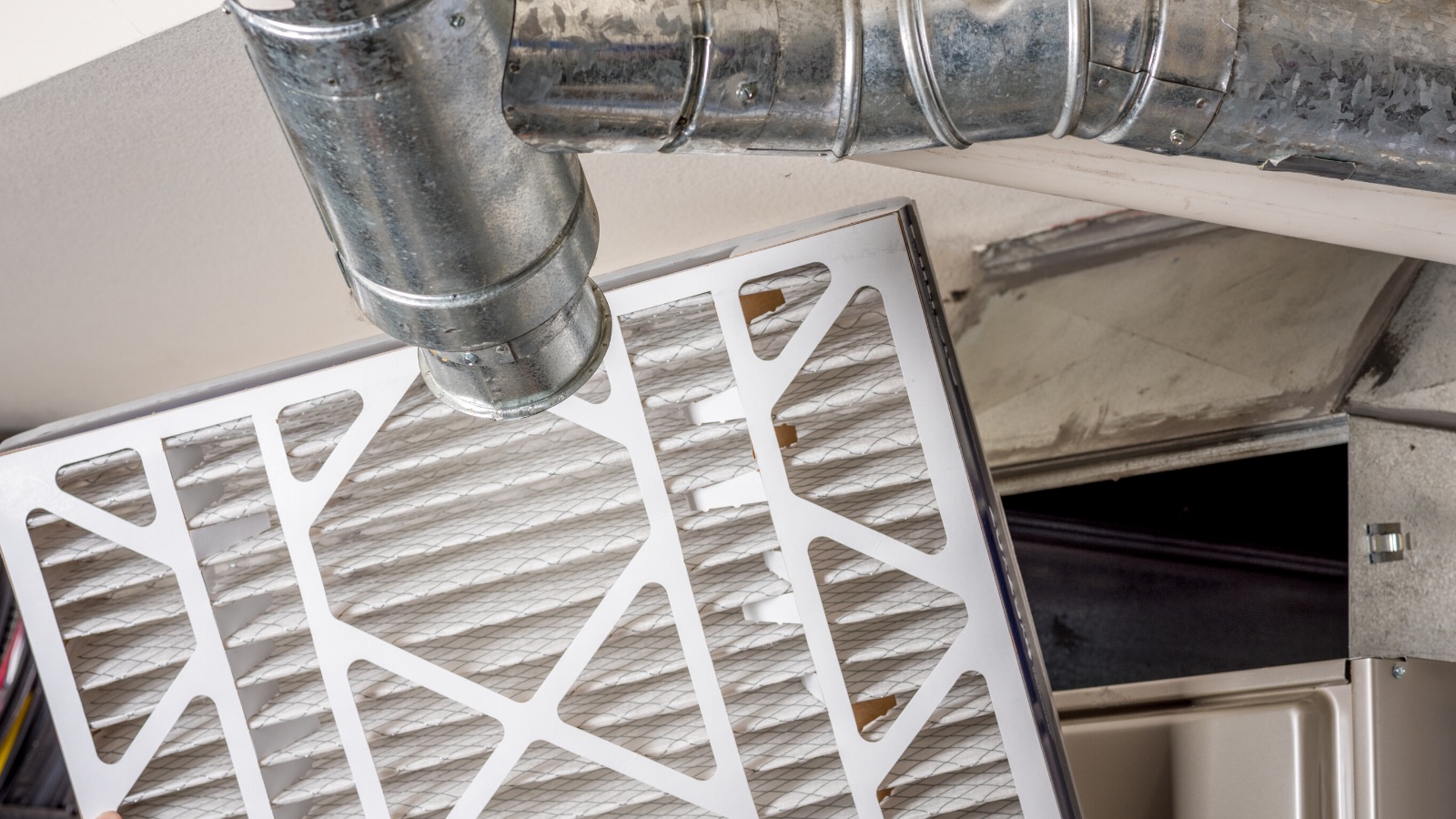

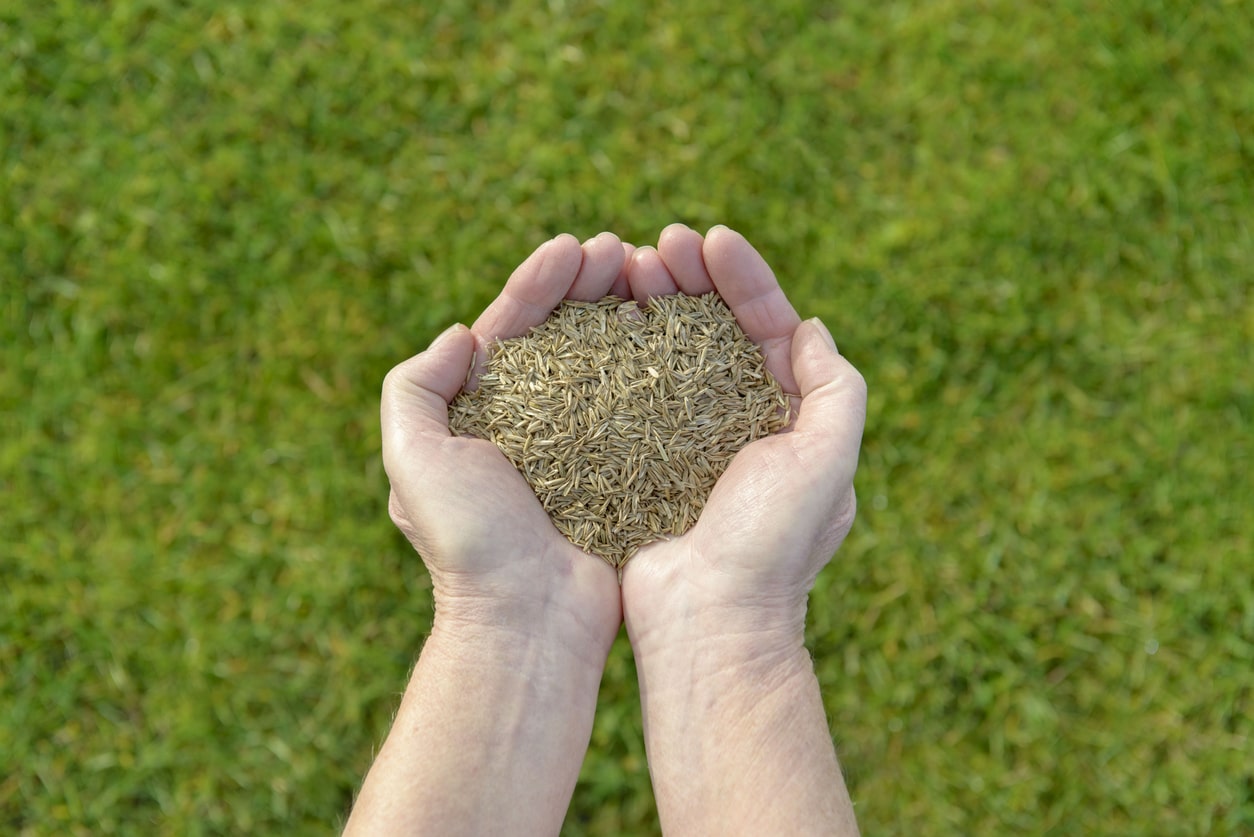
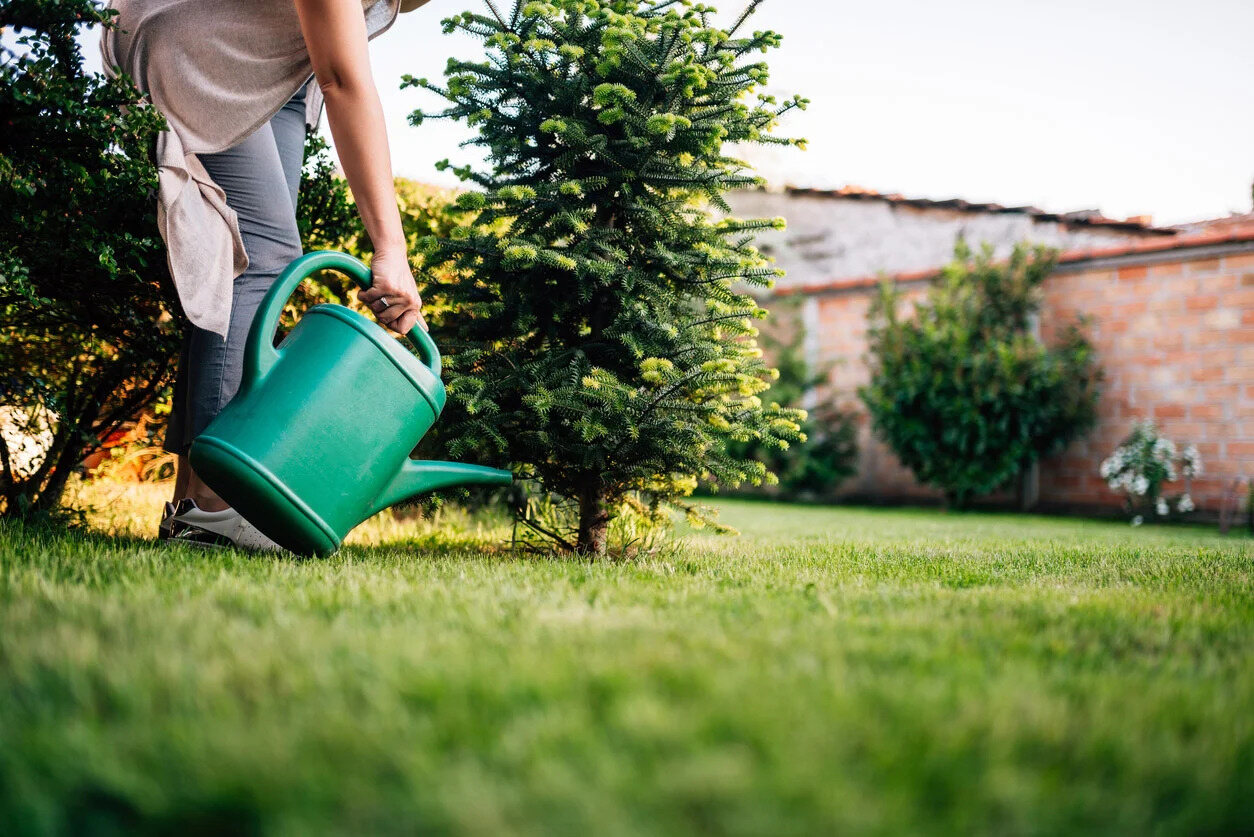

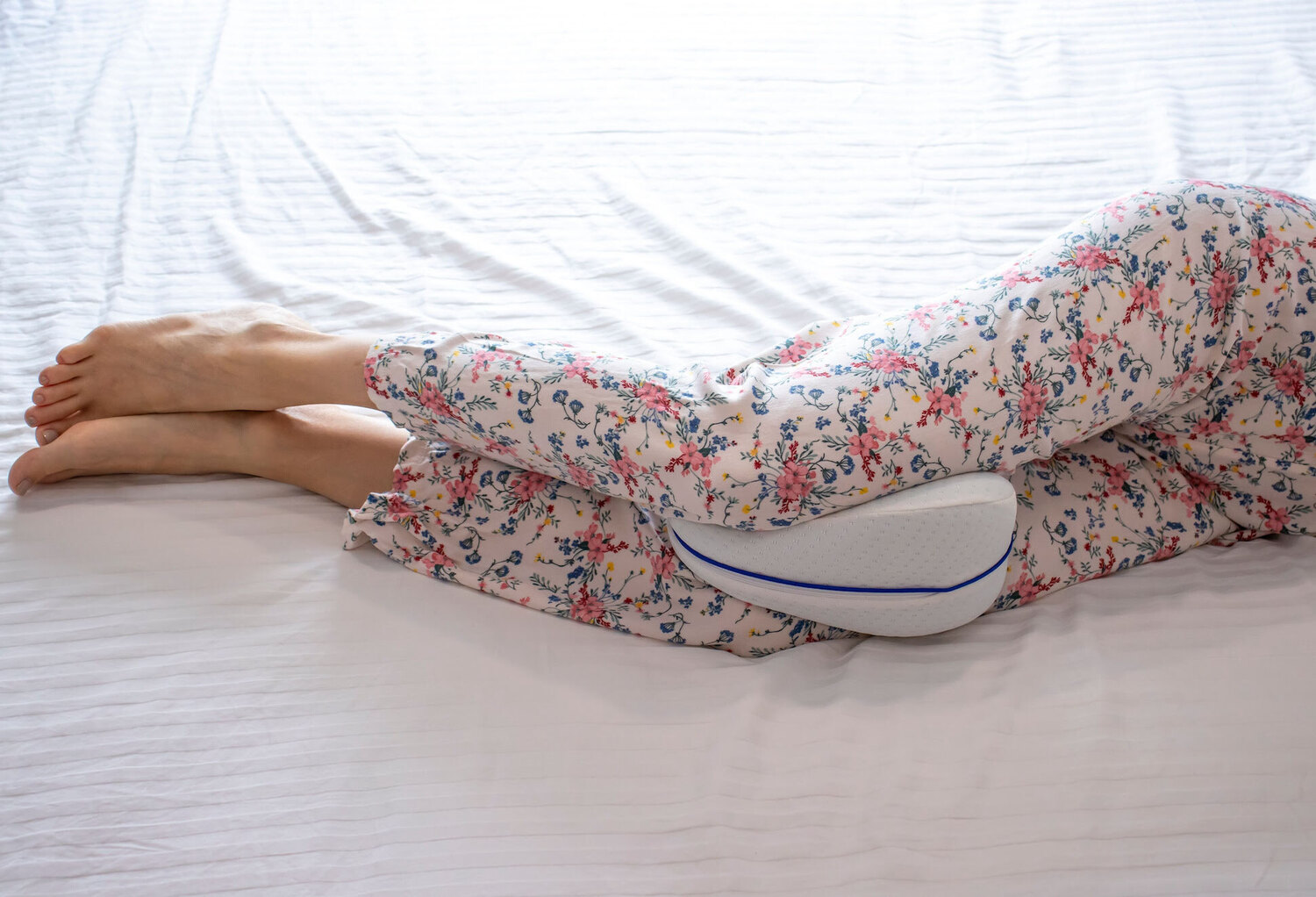
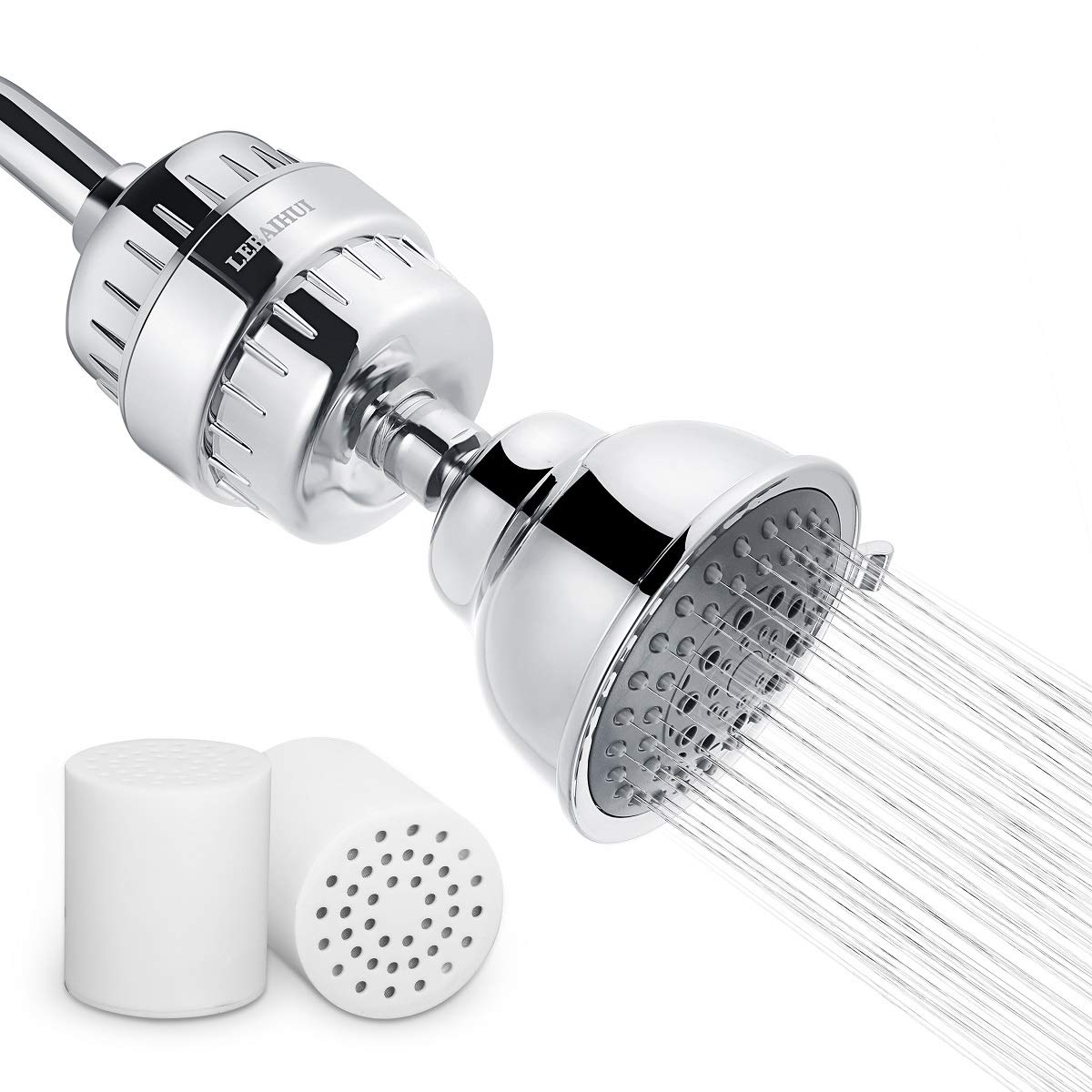
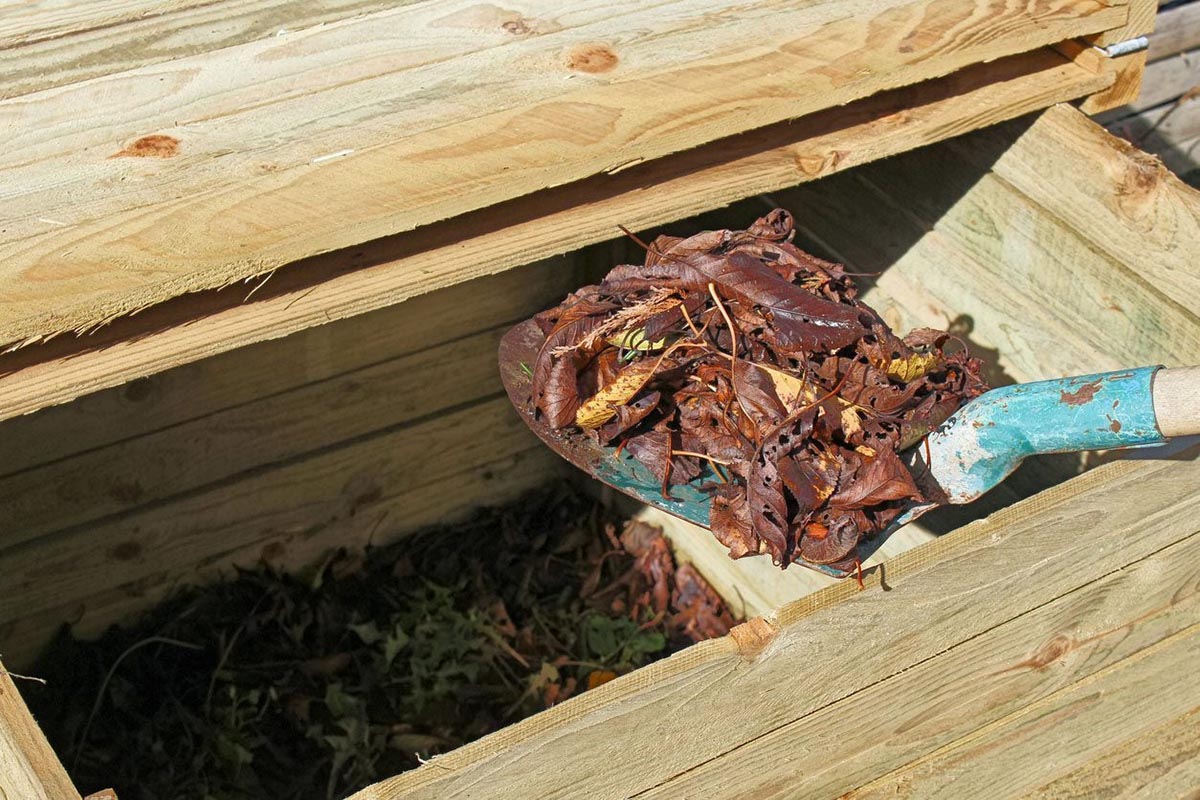
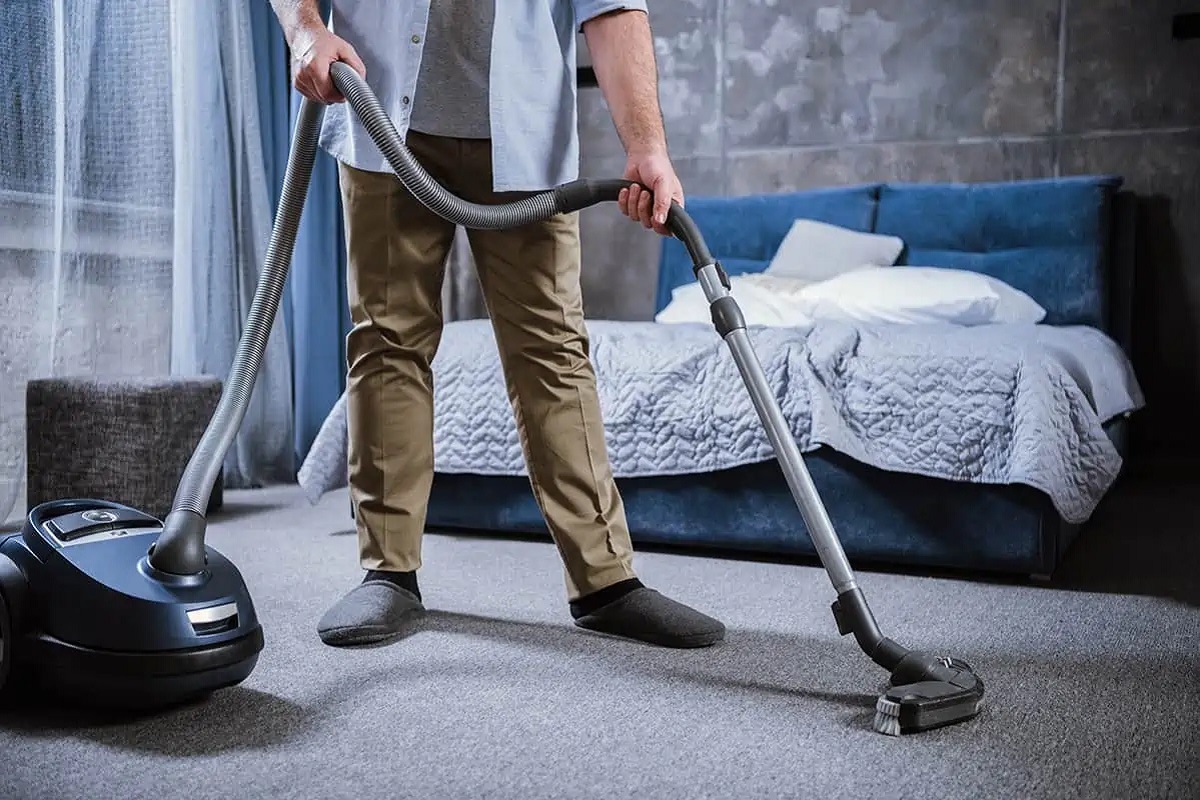

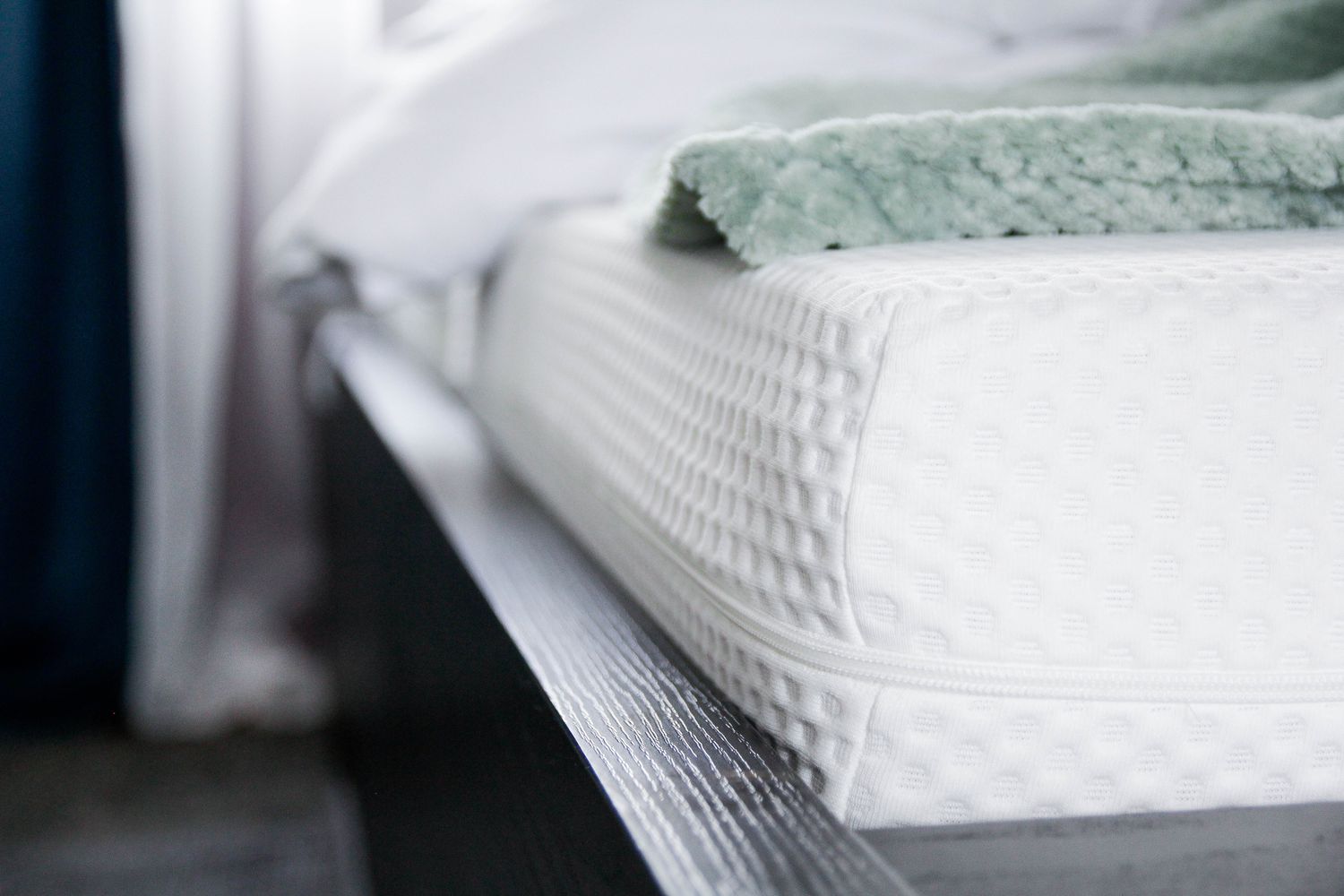
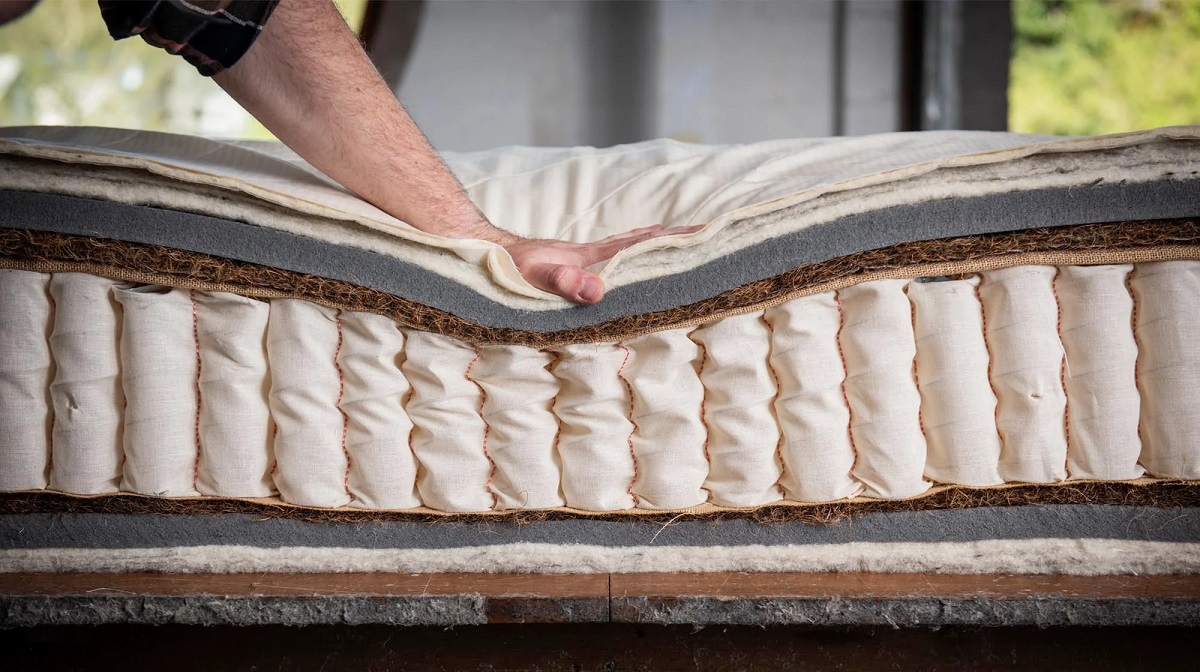

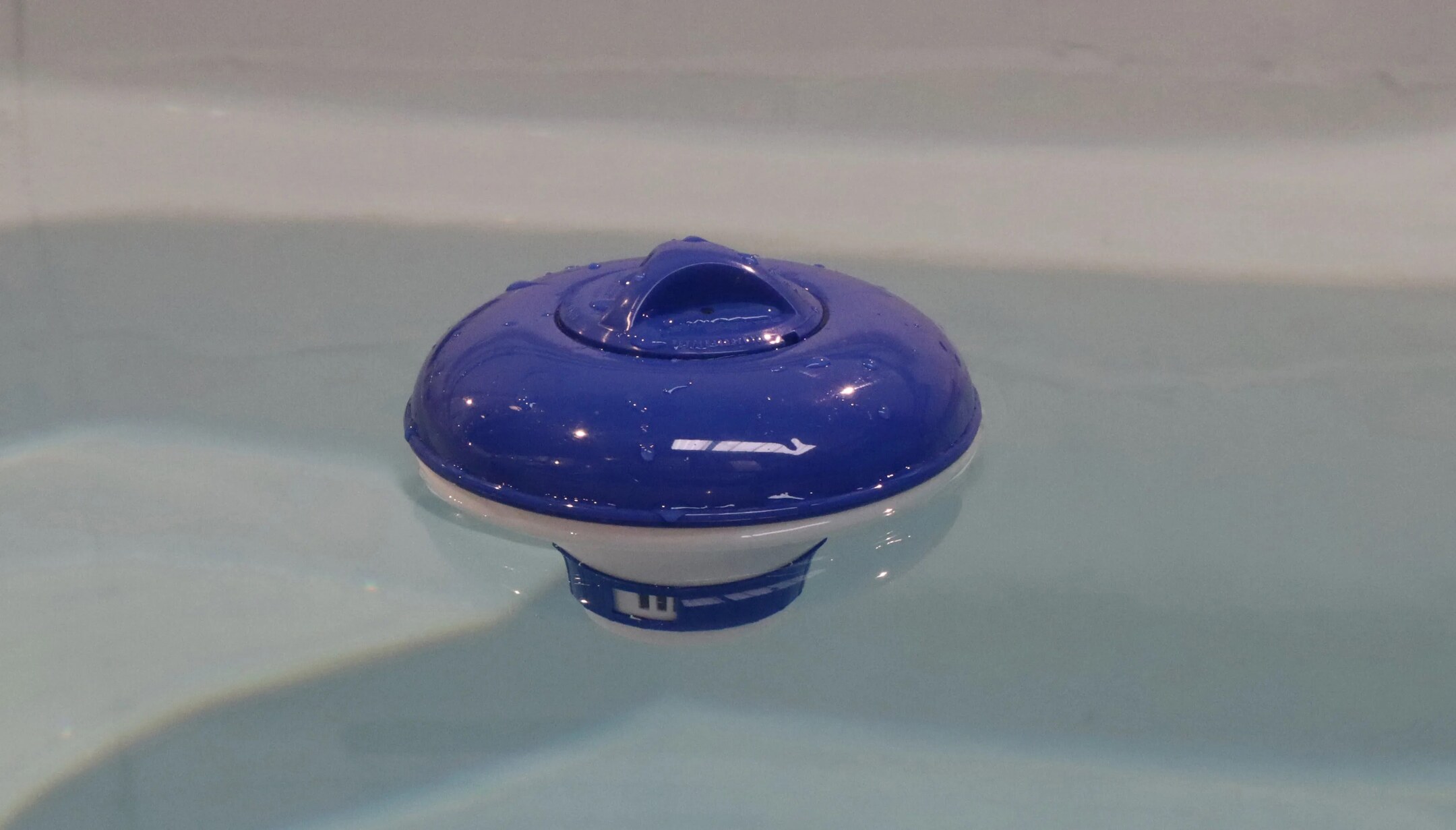

0 thoughts on “How Often Should I Change My Pillow? What Experts Advise”